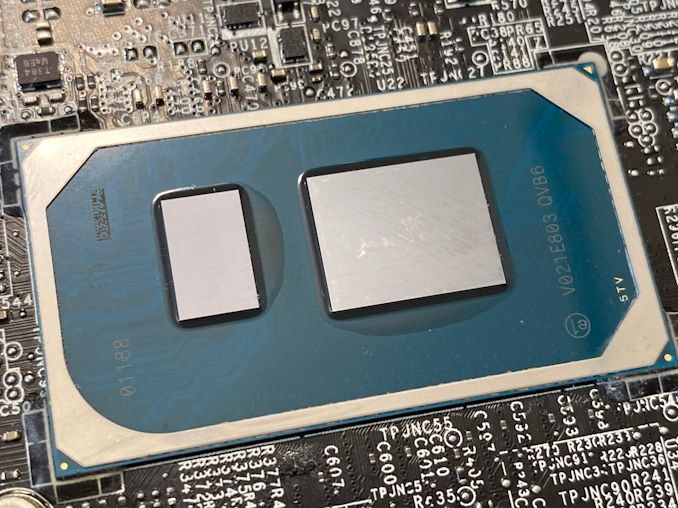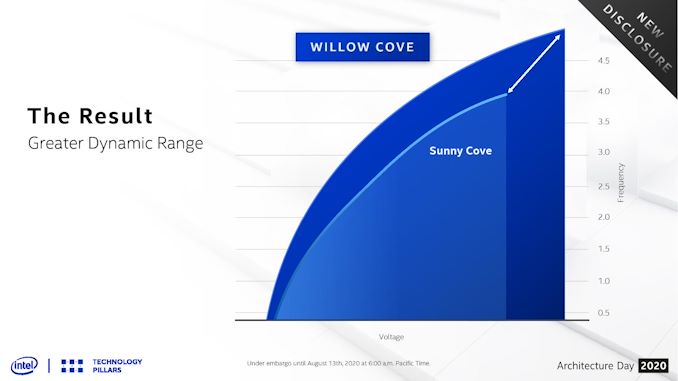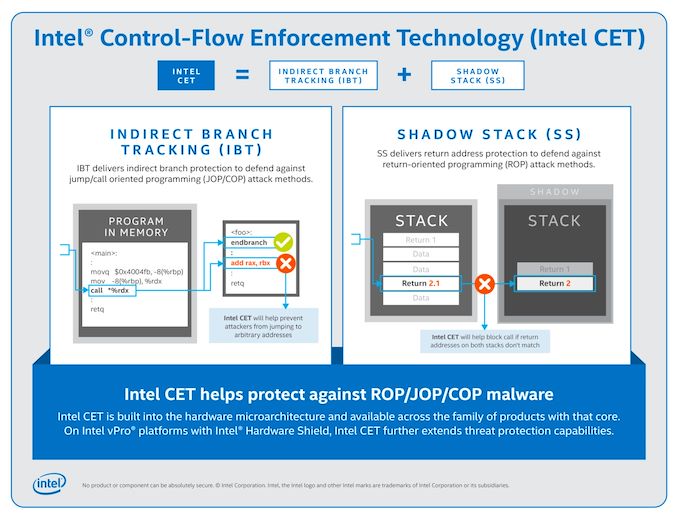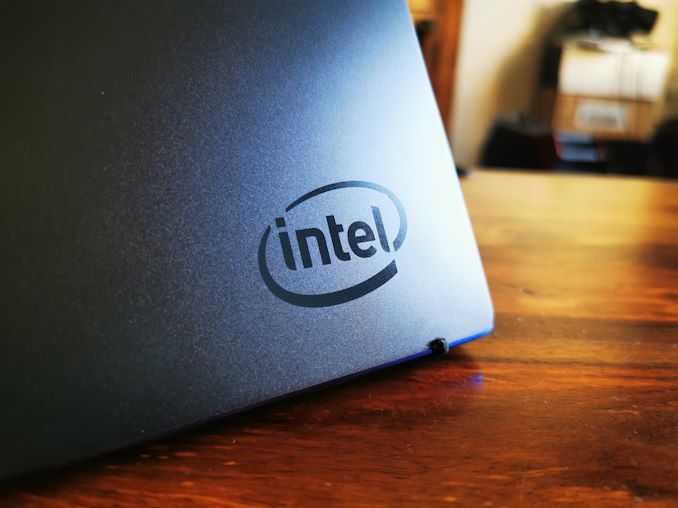Intel’s Tiger Lake 11th Gen Core i7-1185G7 Review and Deep Dive: Baskin’ for the Exotic
by Dr. Ian Cutress & Andrei Frumusanu on September 17, 2020 9:35 AM EST- Posted in
- CPUs
- Intel
- 10nm
- Tiger Lake
- Xe-LP
- Willow Cove
- SuperFin
- 11th Gen
- i7-1185G7
- Tiger King
Conclusion: Is Intel Smothering AMD in Sardine Oil?
Whenever a new processor family is reviewed, it is easy to get caught up in the metrics. More performance! Better power consumption! Increased efficiency! Better clock-for-clock gains! Amazing price! Any review through a singular lens can fall into the trap of only focusing on that specific metric. So which metrics matter more than others? That depends on who you are and what the product is for.
Tiger Lake is a mobile processor, featuring Intel's fastest cores and new integrated graphics built with an updated manufacturing process. This processor will be cast into the ultra-premium notebook market, as it carries the weight of the best Intel has to offer across a number of its engineering groups. Intel is actively working with its partners to build products to offer the best in performance for this segment right before a discrete GPU is absolutely needed.
As a road warrior, pairing the right performance with power efficiency is a must. In our benchmarks, due to the new process node technology as well as the updated voltage/frequency scaling, we can see that Tiger Lake offers both better performance at the same power compared to Ice Lake, but it also extends the range of performance over Ice Lake, assisted by that much higher turbo boost frequency of 4.8 GHz. When Tiger Lake gets into retail systems, particularly at the 15 W level, it is going to be fun to see what sort of battery life improvements during real-world workflows are observed.
As an engineer, genuine clock-for-clock performance gains get me excited. Unfortunately Tiger Lake doesn't deliver much on this front, and in some cases, we see regressions due to the rearranged cache depending on the workload used. This metric ignores power - but power is the metric on which Tiger Lake wins. Intel hasn't really been wanting to talk about the raw clock-for-clock performance, and perhaps understandably so (from a pure end-user product point of view at any rate).
Tiger Lake has updates for security as well as Control-Flow Enforcement Technology, which is a good thing, however these are held behind the vPro versions, creating additional segmentation in the product stack on the basis of security features. I’m not sure I approve of this, potentially leaving the non-vPro unsecure and trying to upsell business customers for the benefit.
The new Tiger Lake stills falls down against the competition when we start discussing raw throughput tests. Intel was keen to promote professional workflows with Tiger Lake, or gaming workflows such as streaming, particularly at 28 W rather than at 15 W. Despite this we can easily see that the 15 W Renoir options with eight cores can blow past Tiger Lake in a like-for-like scenario in our rendering tests and our scalable workloads. The only times Intel scores a win is due to accelerator support (AVX-512, DP4a, DL Boost). On top of that, Renoir laptops in the market are likely to be in a cheaper price bracket than what Intel seems to be targeting.
If Intel can convince software developers to jump on board with using its accelerators, then both the customers will benefit as will Intel’s metrics. The holy grail may be when it comes to OneAPI, enabling programmers to target different aspects of Intel’s eco-system under the same toolset. However OneAPI is only just entering v1.0, and any software project base building like that requires a few years to get off the ground.
For end-user performance, Tiger Lake is going to offer a good performance improvement over Ice Lake, or the same performance at less power. It’s hard to ignore. If Intel’s partners can fit 28 W versions of the silicon into the 15 W chassis they were using for Ice Lake, then it should provide for a good product.
We didn’t have too much time to go into the performance of the new Xe-LP graphics, although it was clear to see that the 28 W mode does get a good performance lift over the 15 W mode, perhaps indicating that DG1 (the discrete graphics coming later) is worth looking out for. Against AMD’s best 15 W mobile processor and integrated graphics, our results perhaps at the lower resolutions were skewed towards AMD, but the higher resolutions were mostly wins for Intel - it seemed to vary a lot depending on the game engine.
As a concept, Tiger Lake’s marketing frustrates me. Not offering apples-to-apples data points and claiming that TDP isn’t worth defining as a singular point is demonstrating the lengths that Intel believes it has to go to in order to redefine its market and obfuscate direct comparisons. There was a time and a place where Intel felt the need to share everything, as much as possible, with us. It let us sculpt the story of where we envisaged the market was going, and OEMs/customers were on hand to add their comments about the viewpoints of the customer base from their perspective. It let us as the press filter back with comments, critiques, and suggestions. The new twist from Intel’s client division, one that’s actually been progressing along this quagmire path, will only serve to confuse its passionate customer base, its enthusiasts, and perhaps even the financial analysts.
However, if we’re just talking about the product, I’m in two minds for Tiger Lake. It doesn’t give those raw clock-for-clock performance gains that I’d like, mostly because it’s almost the same design as Ice Lake for the CPU cores, but the expansion of the range of performance coupled with the energy efficiency improvements will make it a better product overall. I didn’t believe the efficiency numbers at first, but successive tests showed good gains from both the manufacturing side of Intel as well as the silicon design and the power flow management. Not only that, the new Xe-LP graphics seem exciting, and warrant a closer inspection.
Tiger Lake isn’t sardine oil basting AMD just yet, but it stands to compete well in a number of key markets.














253 Comments
View All Comments
JayNor - Thursday, September 17, 2020 - link
I noted from Intel's Thunderbolt 3 documents that the ports are bidirectional and can, for example, support pcie send while receiving display port on the same cable.Is it possible, for example, to use an external GPU card with one cable to display output on your laptop's display?
Spunjji - Friday, September 18, 2020 - link
I understand that you can, but it drops performance significantly.Spunjji - Thursday, September 17, 2020 - link
Oof, those GPU benchmarks are painful. It's become clear that their predictions were all based on LPDDR5PeachNCream - Thursday, September 17, 2020 - link
Yes the GPU results are somewhat disappointing, but there is only so much you can do when sharing bandwidth to RAM with the CPU cores and everything else. Of course, there is also significant latency to contend with when you don't have GDDR5/6 available to the graphics processor.Spunjji - Friday, September 18, 2020 - link
Absolutely - it's become pretty clear that's why AMD decided to go with 8 CUs on Renoir. I wasn't expecting anything huge from Xe on TGL, but Intel were pushing it as a big win and really it's just not - at least, not in this form. A ~20% bandwidth boost might well translate into big gains on later devices.JayNor - Saturday, September 19, 2020 - link
false, they used lpddr4x for the benchmarks.Spunjji - Saturday, September 19, 2020 - link
I think perhaps you misread what I said. Intel were previously showing numbers suggesting a huge leap in performance for their Xe iGPU which isn't borne out by the testing done here. I'm suggesting that it's because Intel were quoting numbers based on an LPDDR5 implementation. They could have just been lying, though. You seem to be suggesting the latter?undervolted_dc - Thursday, September 17, 2020 - link
Ok but why there are no power consumption of the ryzen ? I see a 28w tiger lake which have a peak of 50+ and an average of 35 and another "28w" tiger lake which instaed have a peak of 50+ and an average of 38w..,is the 4800u in thermal throttling because the tiger lake is better cooled ? this "reference" and the lack of real power usage comparision is "strange" to me... we started from the intel benchmarks.. and now we hare here ... where will be in 1 more months when the tiger lake will be in stores with also it's prices.. will be still comparable to the 4800u? ( and I'm also sure that asus will not cover air intake for the tiger lake one to be able to sell them against the 4800u given the higher prices they have to ask .. )
and where we will be then when zen3/cezanne will be revealed ? you will see the zen3 ipc and freq gain in 1 month.. ( maybe even before tiger lake approach stores ) .. I see no Baskin here..
undervolted_dc - Friday, September 18, 2020 - link
Also ram is unfair for this comparison:intel LPDDR4X-4266
vs amd DDR4-3200
but again.. at the end of the day the only thing that matter is the price/performance/power-usage balance for laptop, and here I see only performance comparison..(in unknown thermal/power condition for tests) and with no words about price..
we see here a coming-soon quad core intel with a power usage higher than 1 year old 8 core amd which is also faster in full speed tests ( not in gpu , but it's the old navi chip )
yes, single core bench the intel win.. but their high freq single core are 20% higher freq than AMD ones, are 20% faster, and eat 50% more power , are ~1 year newer , and probably will costs 50% more.. so who is the real winner?
undervolted_dc - Friday, September 18, 2020 - link
a mere 4500u with lpddr4x show an average +17% improvements in benchmarks..https://optocrypto.com/amd-ryzen-4000-adding-suppo...